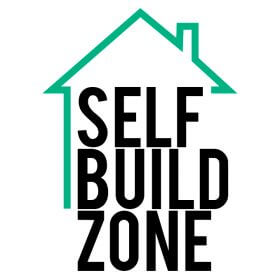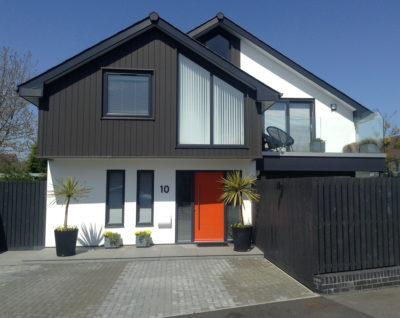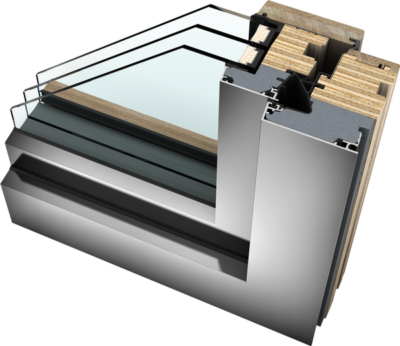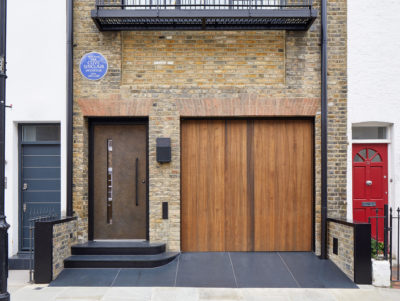Securing Your Building Site
A vital ingredient of any self build, security comes in two main forms: proactive and reactive.
Wherever possible, think in advance and make provision for elements such as materials, personal protection, fire, flood and leak detection, and smart home connectivity during construction (especially at first fix).
This will save you a lot of disruption if things go wrong after completion.
Golden rules
Prevention is better than cure. If you’re trying to manage your project to finish on schedule and on budget, you don’t want to lose time sourcing replacement materials, fixtures and fittings, whether you have insurance or not.
So bear in mind these common-sense tips:
- Let the local police know what you are doing and when. They may make themselves visible at various times.
- If your project is in a populated area, then join the street’s neighbourhood watch scheme (you can find yours at www.ourwatch.org.uk).
- Whenever you leave the site or building, take a photo to refer back to, should you ever need to.
- Most physical security products don’t fully prevent access – but they’ll slow intruders down and buy you time.
- As autumn approaches and daylight dwindles, it may be worth looking at security lighting as a deterrent. Theft increases dramatically once the clocks change in September and peak school run periods begin.
- Only have materials delivered when you need them. Flat packs, valuable metals (copper, zinc and lead) and kitchen and heating equipment are all favourites of thieves, as they’re very easily disposed of.
- Police backing for measures such as Smartwater and Selectamark DNA marking has enhanced their effectiveness. But they don’t stop items going missing in the first place.
- Should a major incident occur on your project, it’s always best to let the professionals deal with it. If you’re warned of an intruder, for instance, never attend the site by yourself because they may still be in the vicinity. Just call the police. Similarly, if you have a fire or flood, don’t go into the build or house yourself. Phone the emergency services.
Perimeter security
This isn’t just about warding off thieves. If someone strays onto your land and injures themselves, you may find you’re liable.
Here’s what you need to know:
- Make sure you have public liability cover (eg via a site insurance policy). Importantly, this will also cover the cost of defending a claim.
- Gates are only as good as the final link: the lock. A closed shackle padlock is the absolute minimum, along with measures to ensure they can’t simply be lifted off their hinges.
- Make it as awkward as possible for an intruder to get in and out. Consider fitting drop-down posts on garages, site huts etc to prevent the doors opening and/or to limit space to drive machinery out of the storage. Visit www.ter-europe.org for more advice.
- Don’t leave portable hand tools and equipment lying around in view. Take as much home with you as possible.
- Use DNA marking on tools and machinery so they can be traced when they reappear elsewhere.
- No matter where it’s being kept, deploy immobilisation and defensive parking with plant and machinery to protect against theft and damage.
- Remove or secure access points to scaffolding, and consider installing
a scaffold alarm system.
Storage solutions
Keep materials and equipment that have to remain on site during your project safe and secure with these tips:
- Once the house is weathertight, with doors and windows or shuttering fitted, fit decent locks. Doors should have hinge bolts into the frame, and windows key-operated locks. If intruders can’t easily get in and out, they will find another site.
- If you’ve built the garage first to use as a store, make sure it’s secure. Solutions include window bars or shutters, good-quality locks and hinge bolts on doors. Up-and-over garage doors can be bolted into brickwork or protected with security devices fitted into the floor. Tool lockers can be anchored to the floor and fitted with security padlocks.
- Use technology. For a few £100, you could buy a GSM/wireless battery alarm intruder system, including a web cam that can feed photos back to your mobile. Perfect for garages, site huts, containers and the like.
- When dealing with huts, containers and other enclosed areas, consider the use of fire detection. This is particularly important if you are storing plant and machinery, which could well contain fuel.
Long-term solutions
It costs very little to wire up a house for smart devices and alarms during first fix. You should also consider installing a safe – but remember to put it where it’s going to be used, such as near stairs or in the master bedroom. And, preferably, fit it in an area that’s alarmed.
If you own a lot of valuables, then your contents insurer may insist on a safe (or give you a discount).
Paul Kempton is managing director of insurance and warranty specialist Self-Build Zone. He has many years’ experience looking after projects of all sizes, including high net worth and high risk clients where security is paramount.
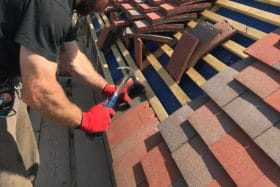
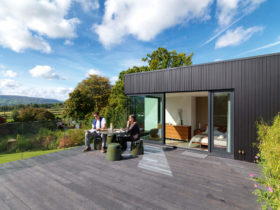






























































































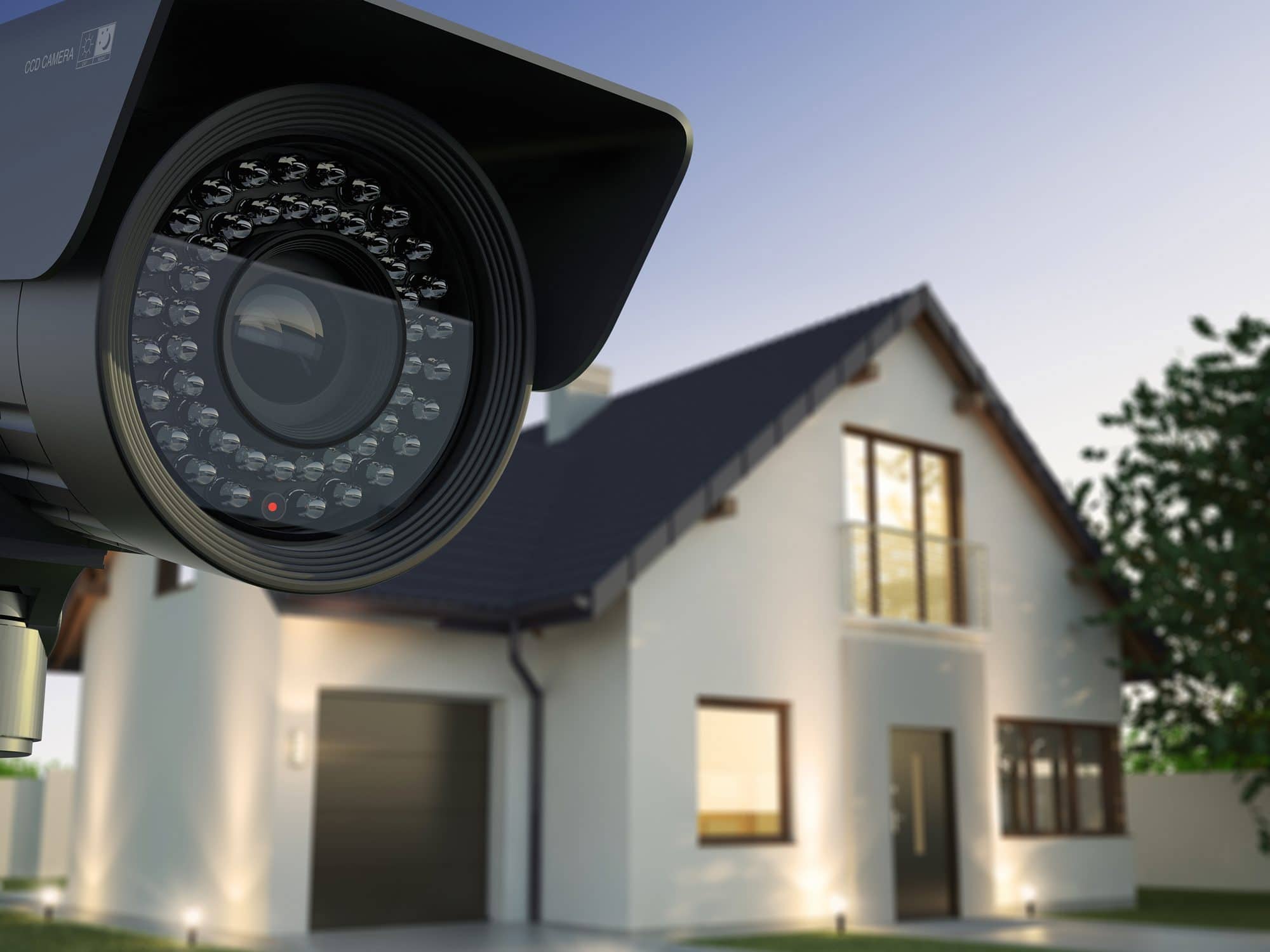
 Login/register to save Article for later
Login/register to save Article for later
